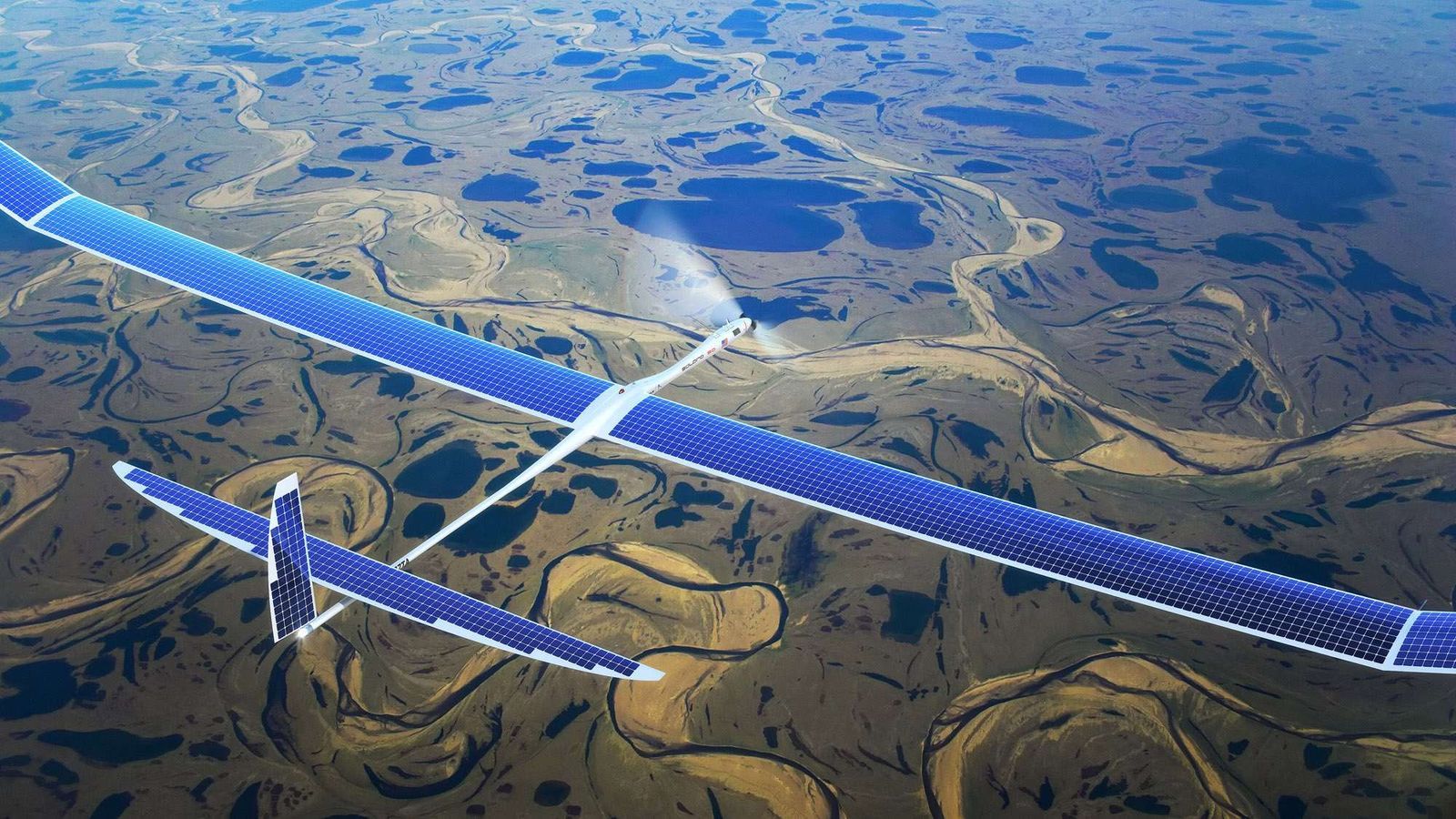This is not good especially as we look at those aspirations for more nanobots to connect us to the cloud plus Mr. Kurzweil’s desire to live forever.
Medical device manufacturers are struggling to safeguard their newly connected designs from current and emerging security threats.
Natick, MA (PRWEB) January 29, 2016.
The medical device sector will be among the fastest growing markets for embedded security software through the next five years, according to a new report by VDC Research (click here to learn more). The market for medical devices spans a variety of hardware profiles including high-performance imaging systems, mobile diagnostic equipment and pumps, and wearable or implantable devices. Until recently, the majority of medical device manufacturers and others within the ecosystem treated security as an optional value-add under the misconception that their devices/products did not produce valuable data or would be a target for a hacker. The Internet of Things has enlarged the crosshairs on medical devices as such systems become more accessible and integrated with enterprise hospital platforms.







